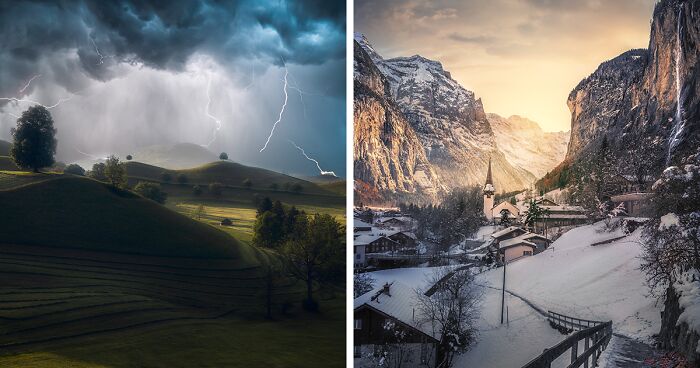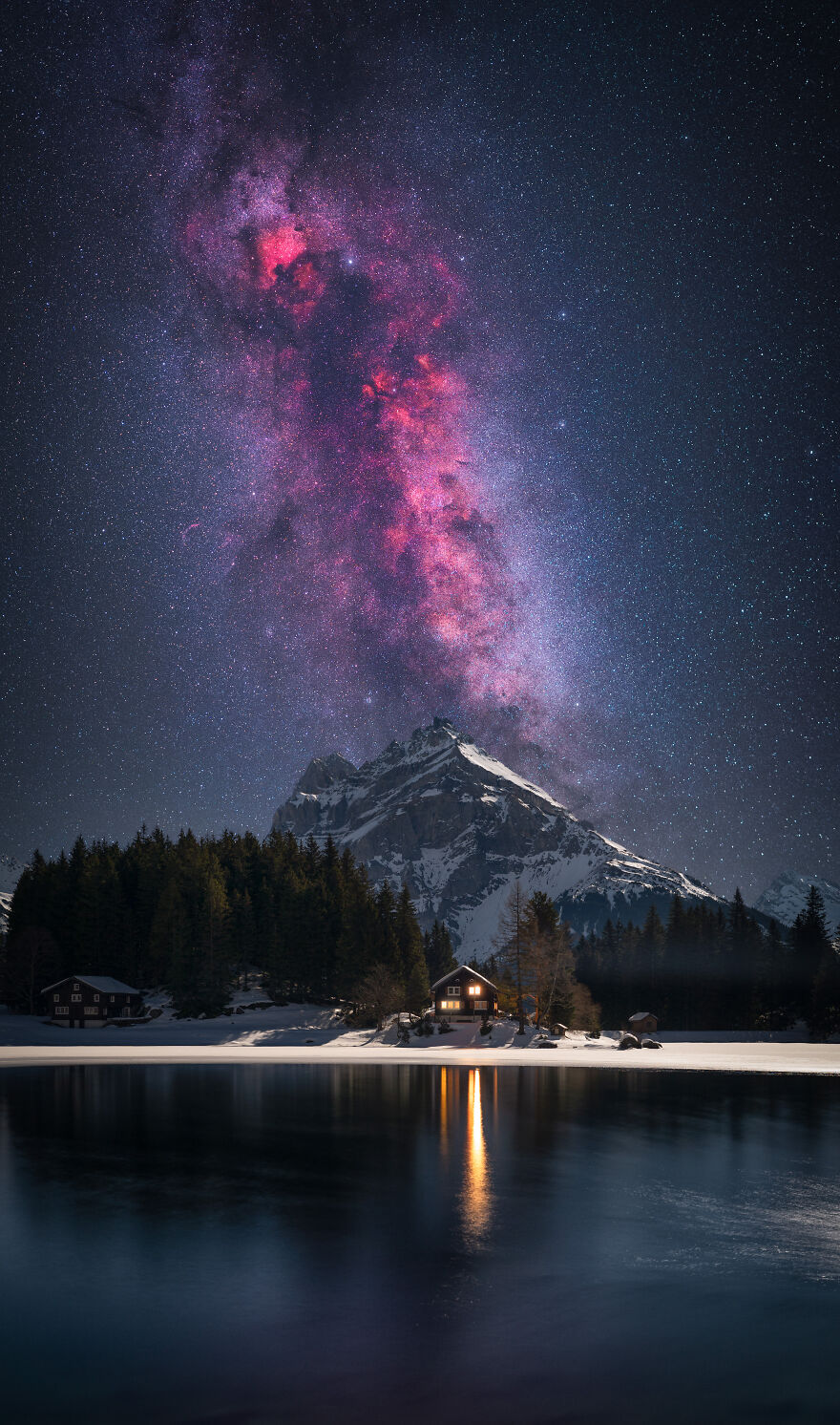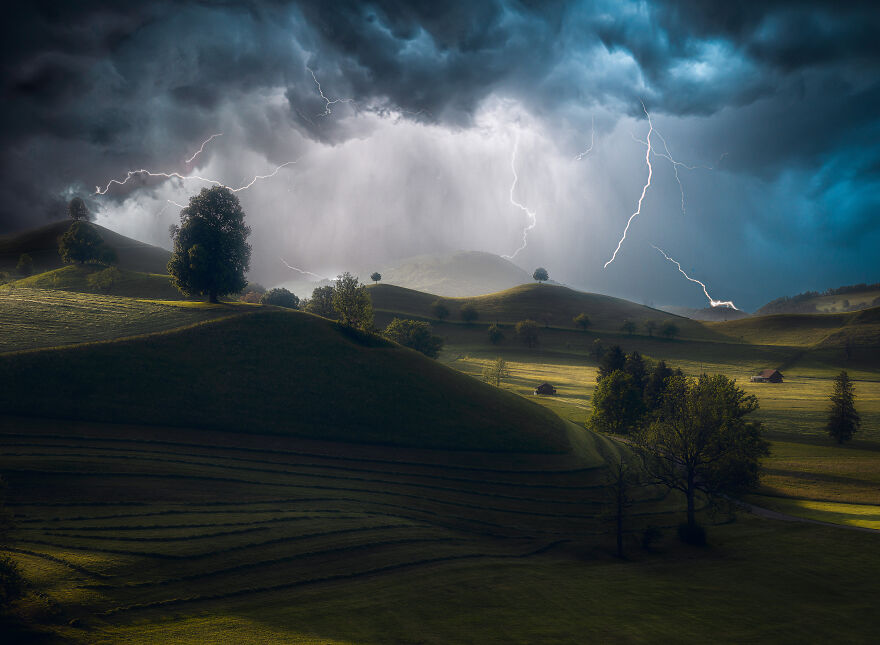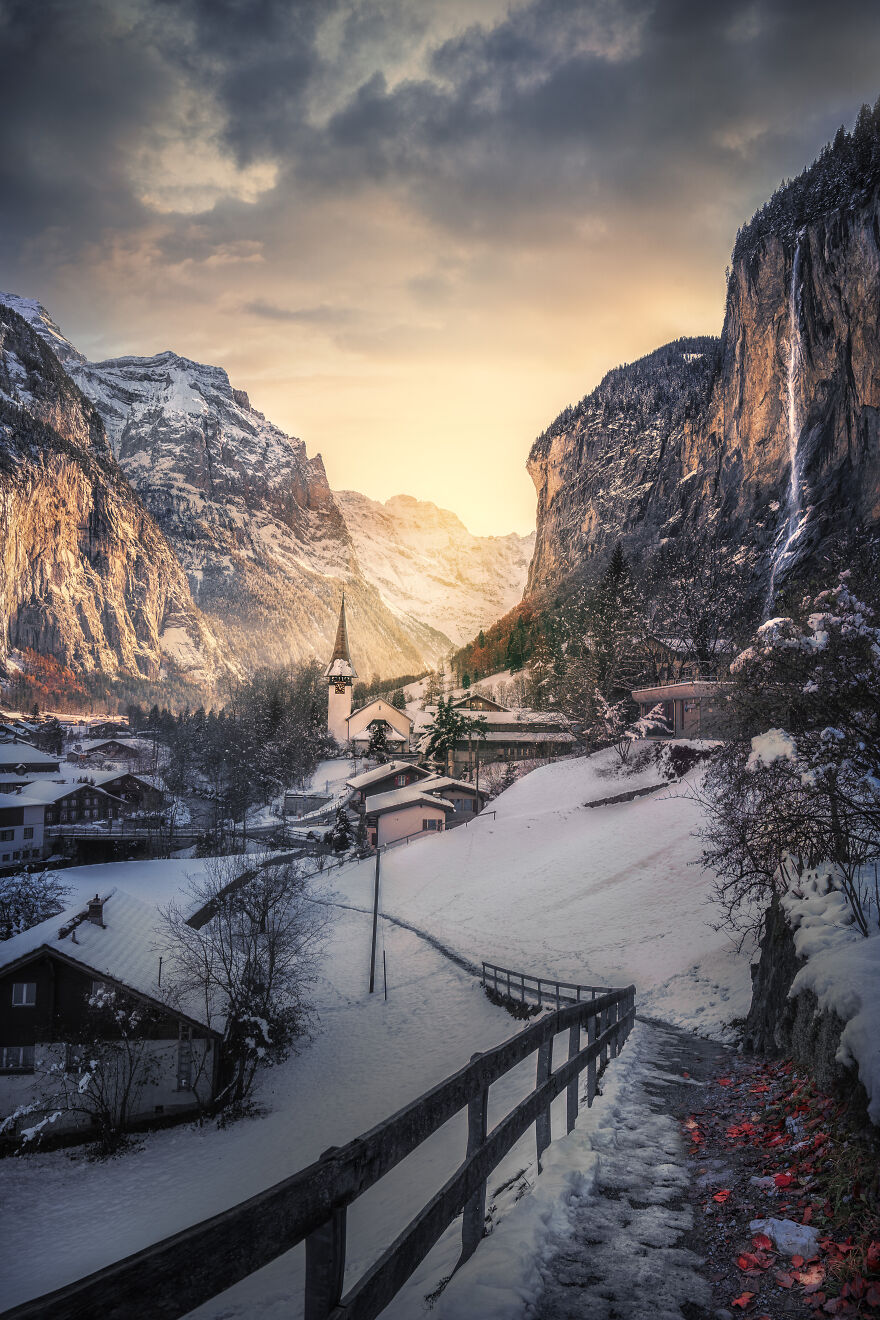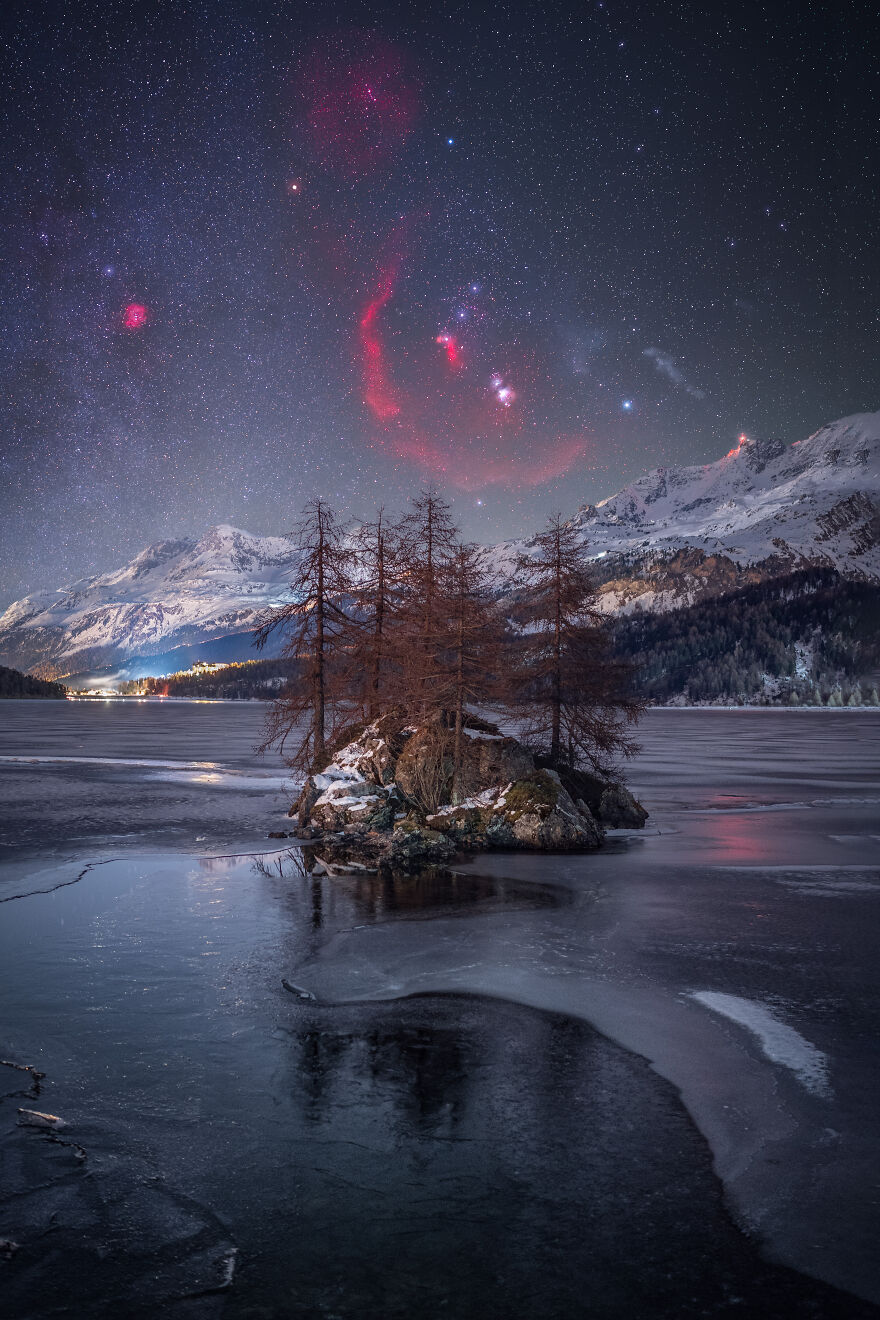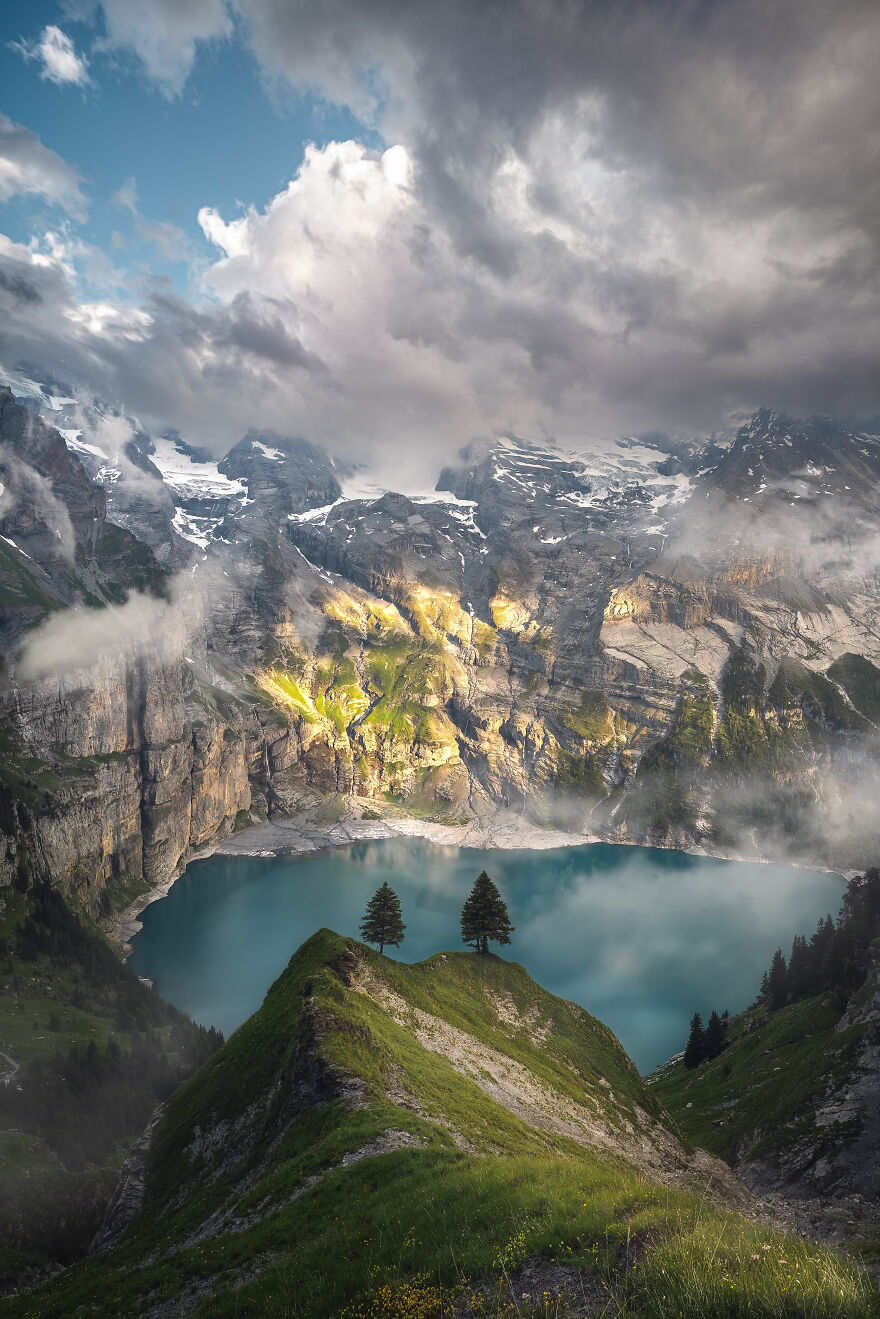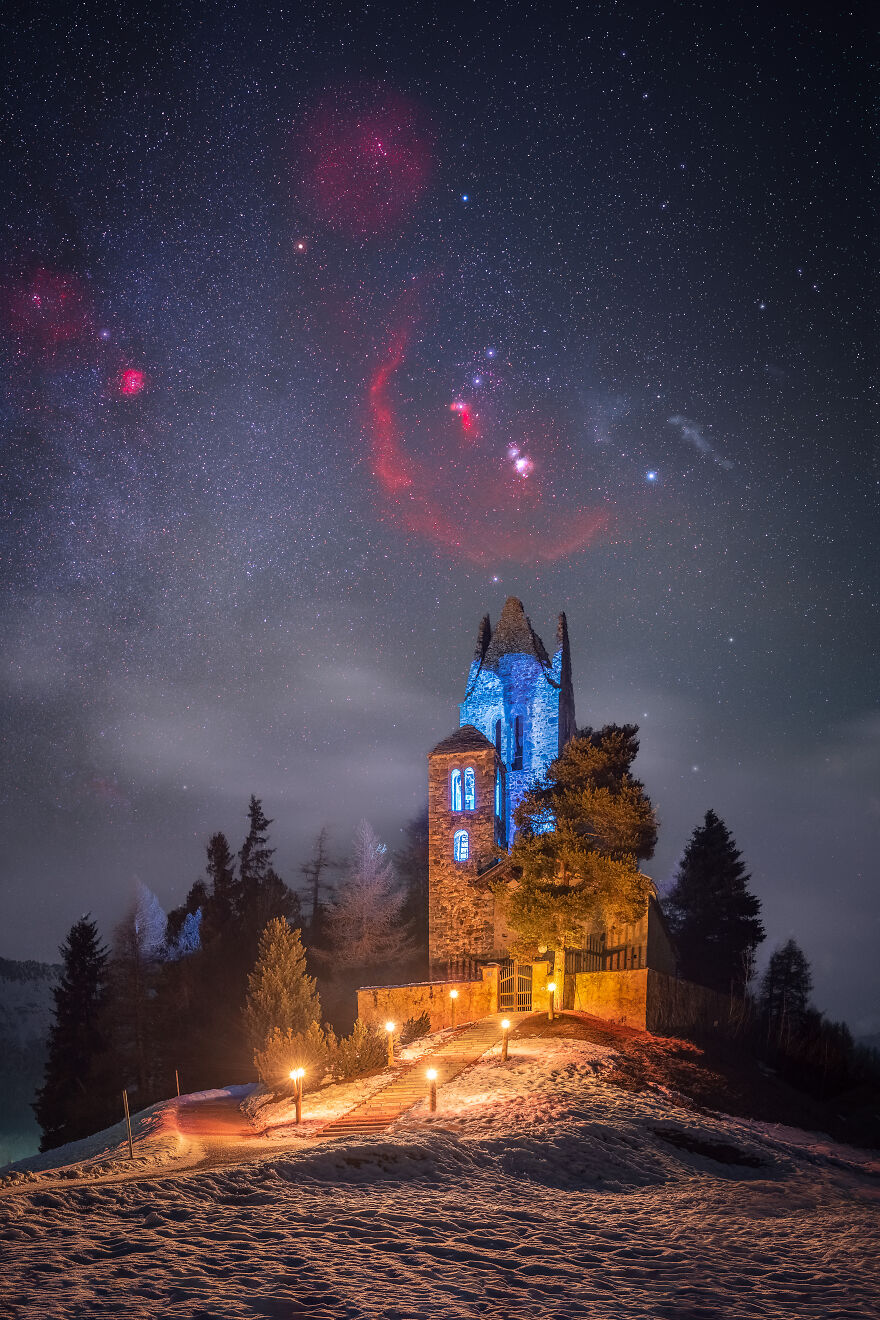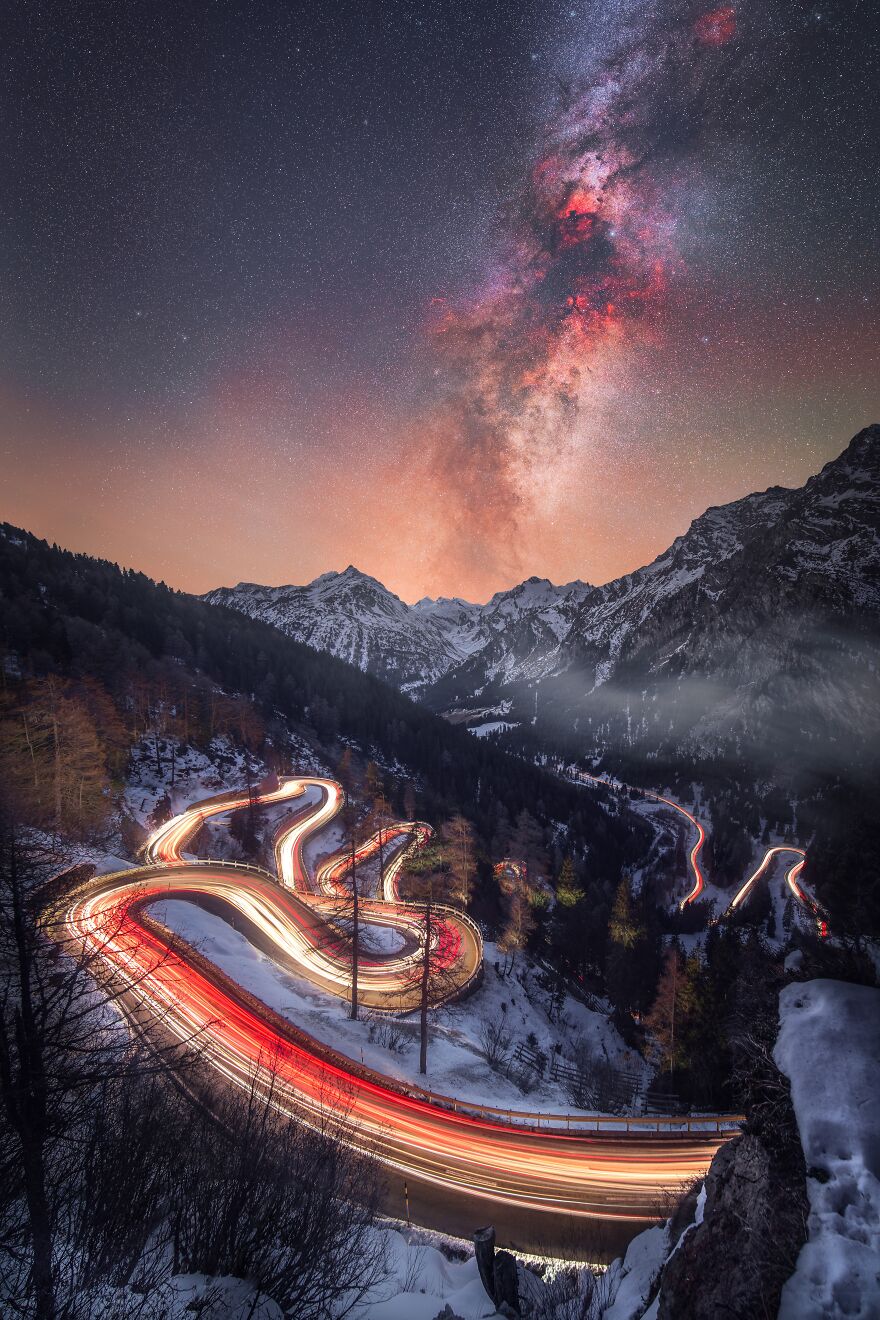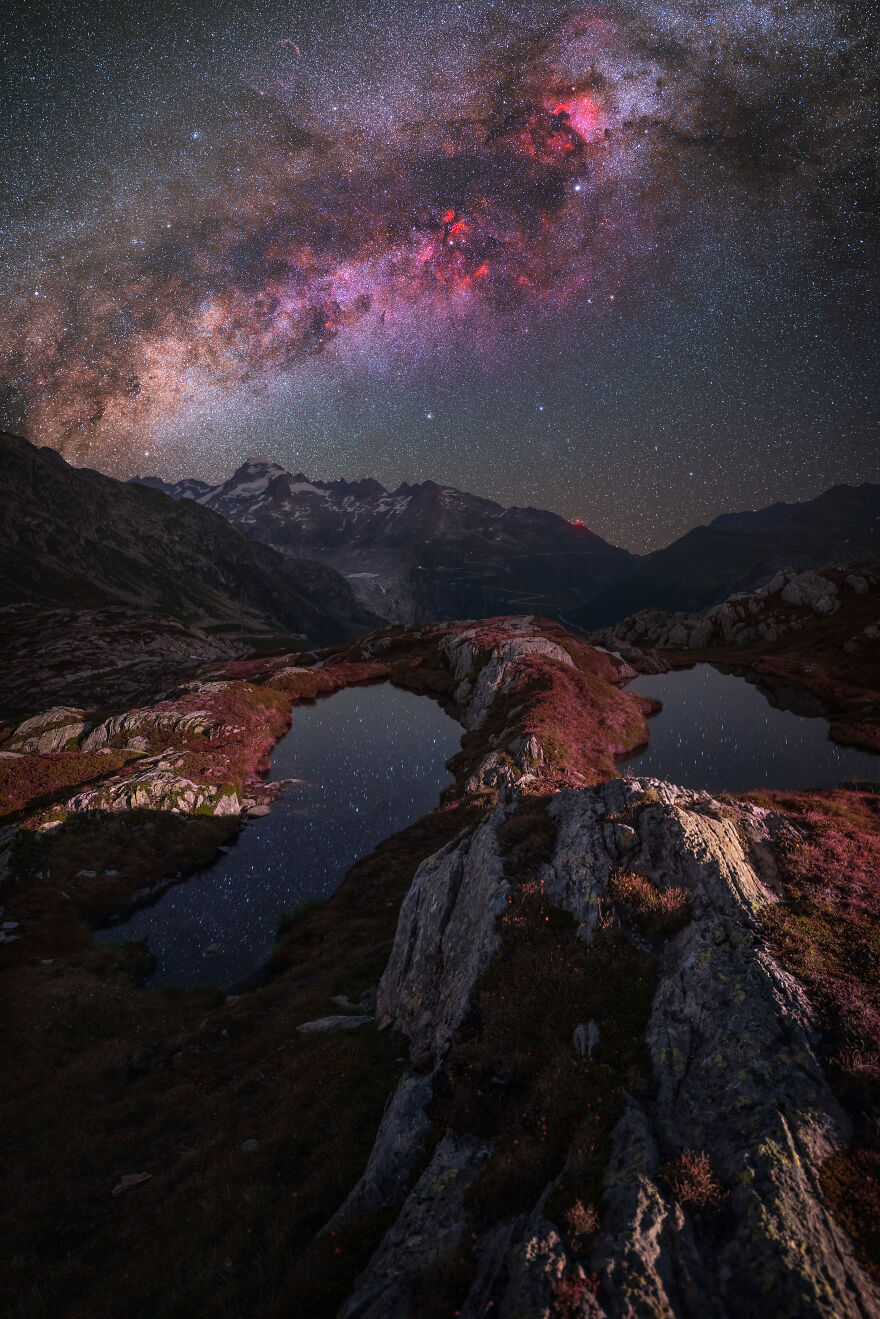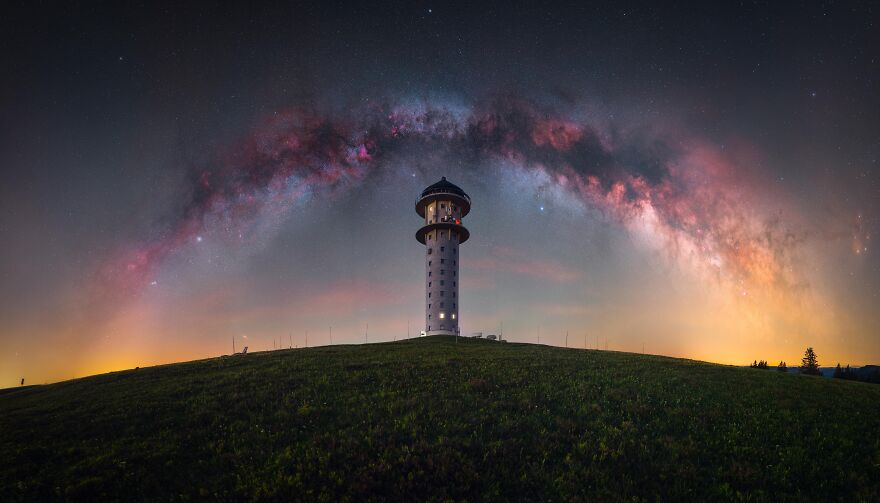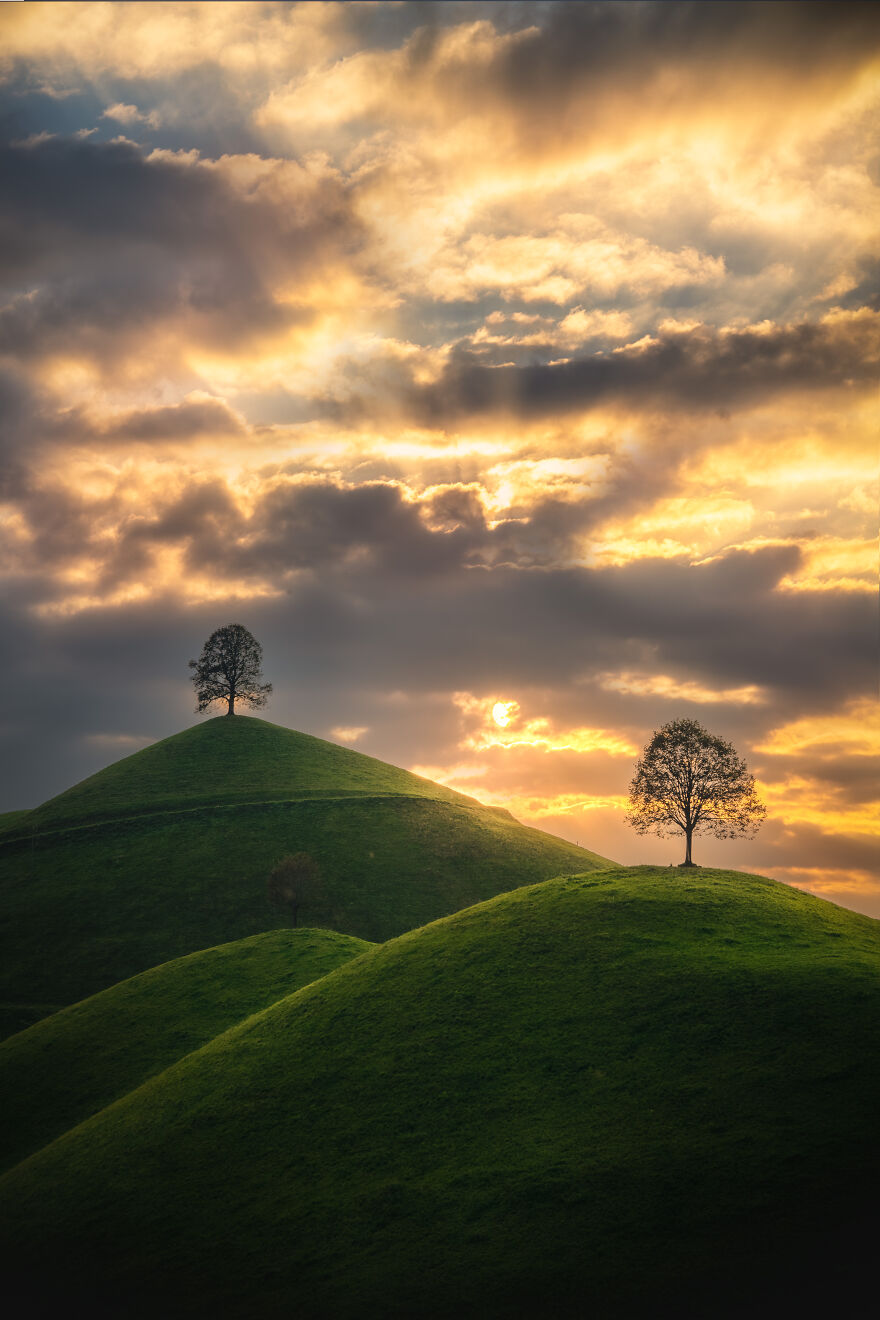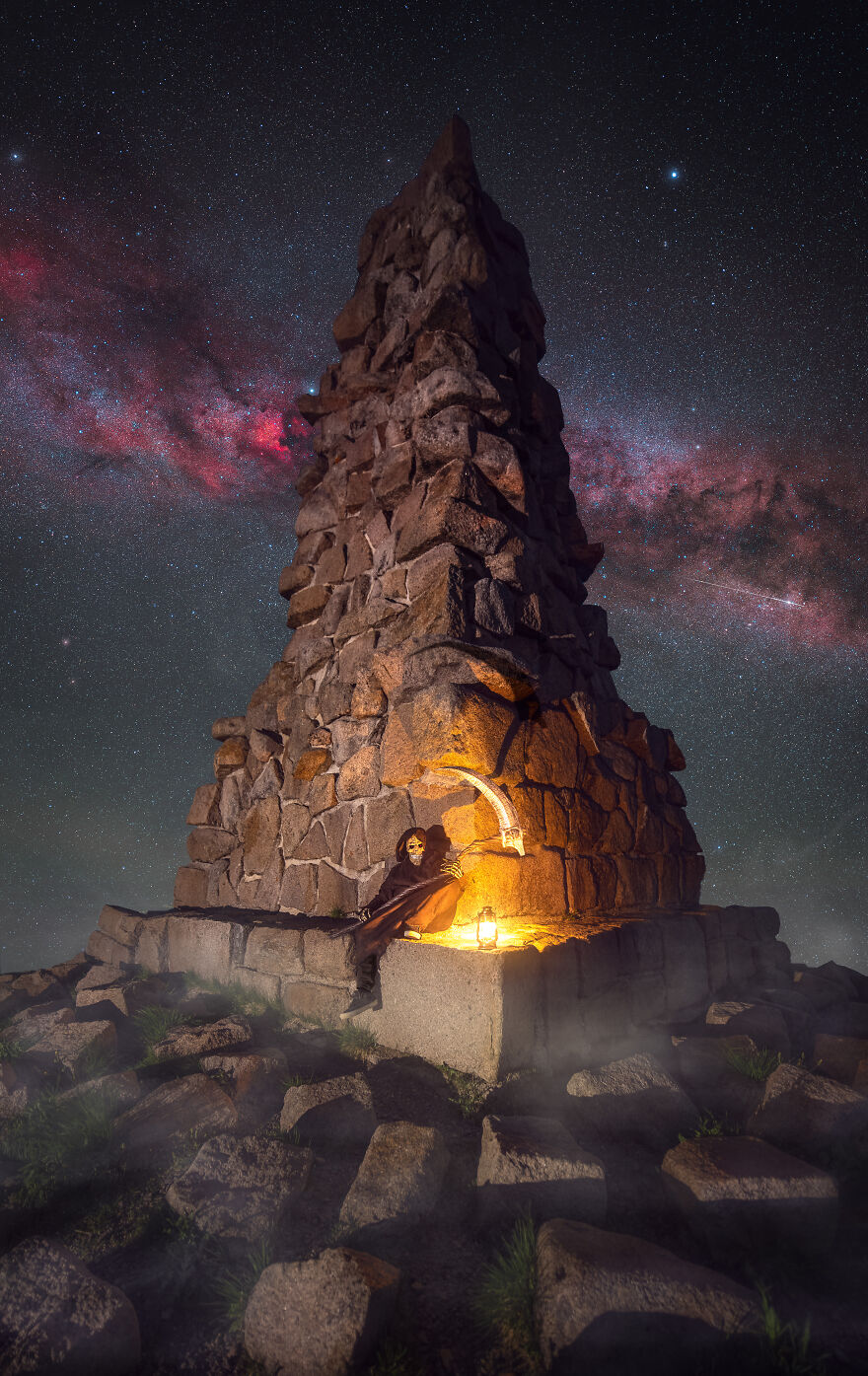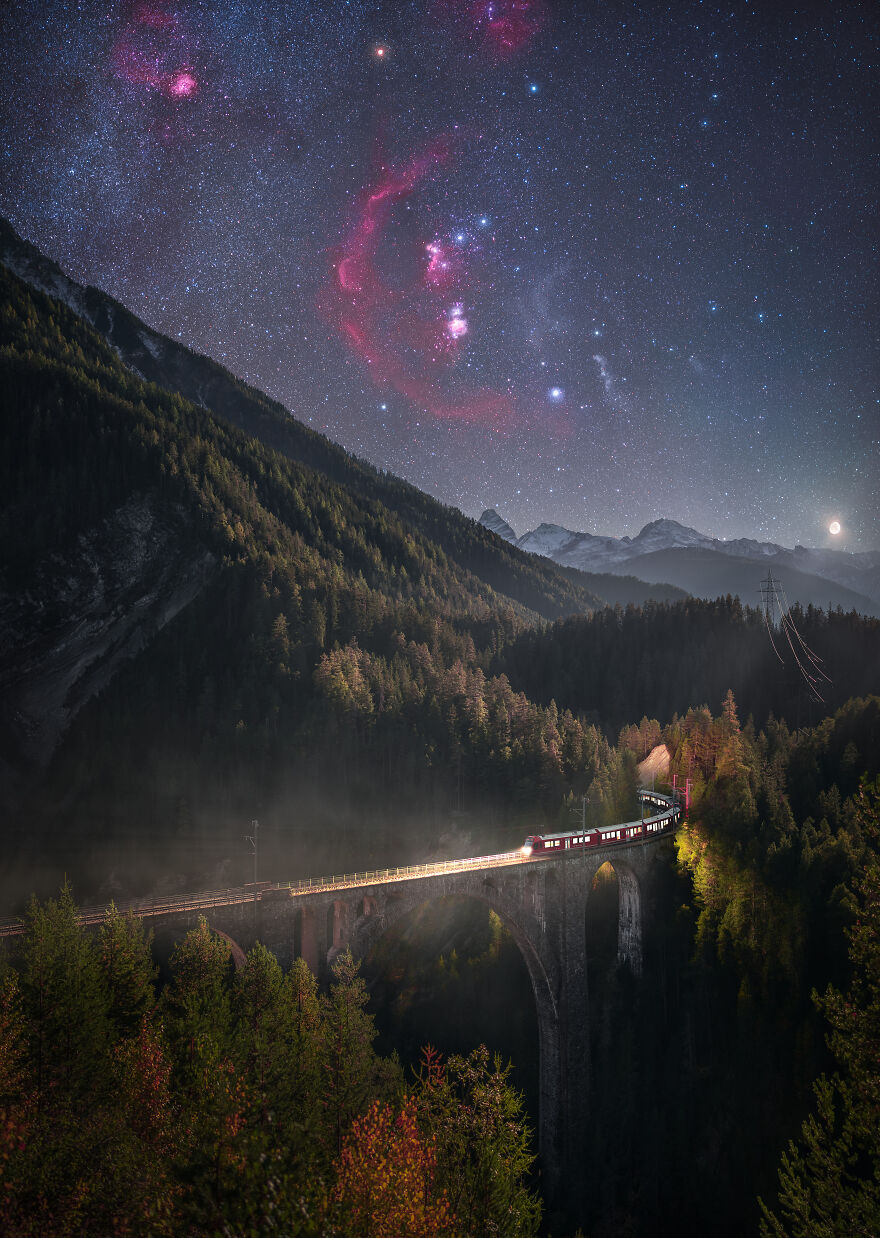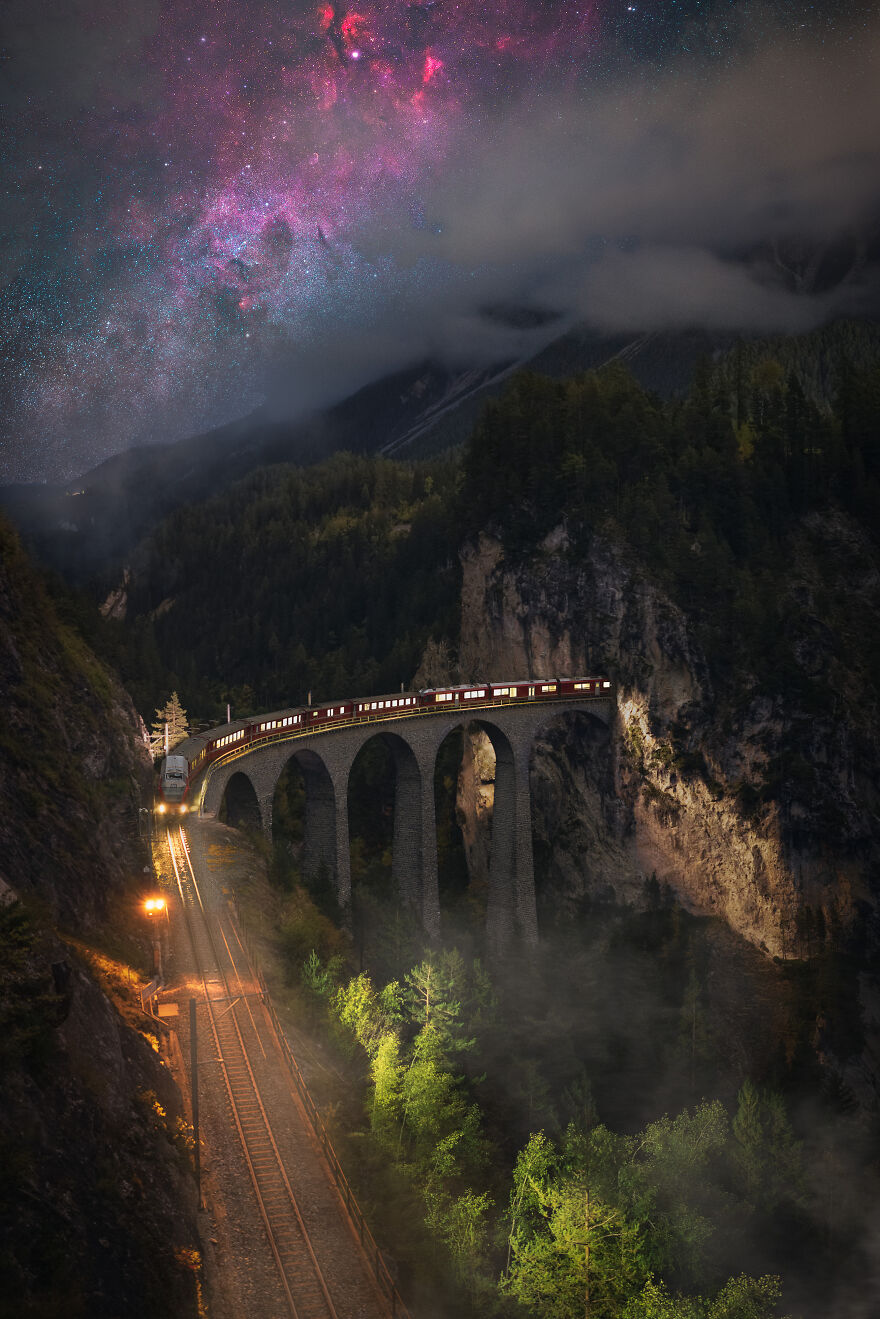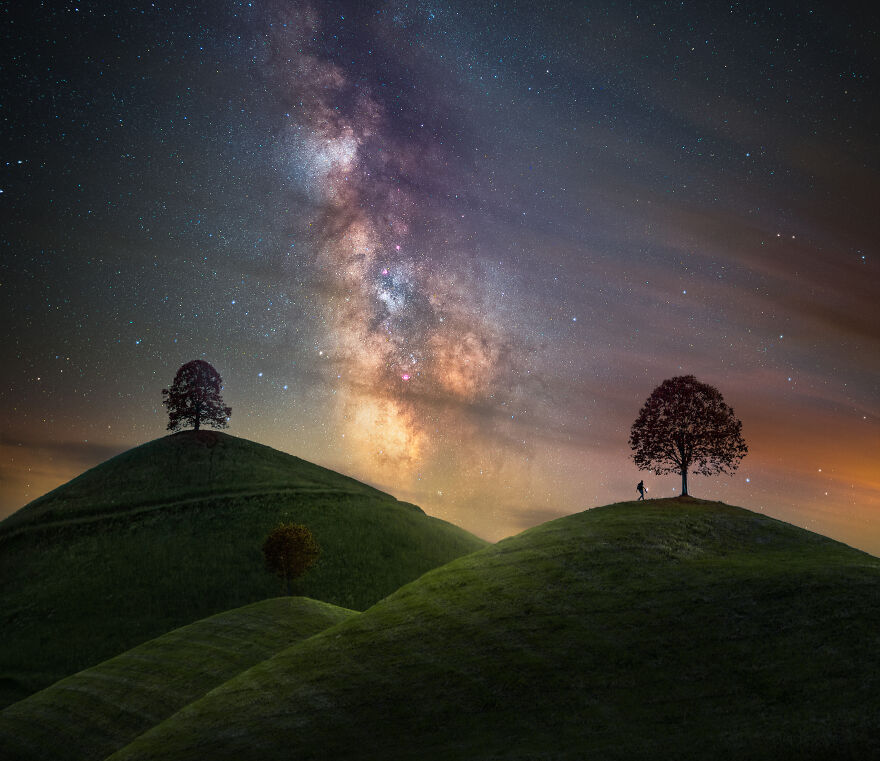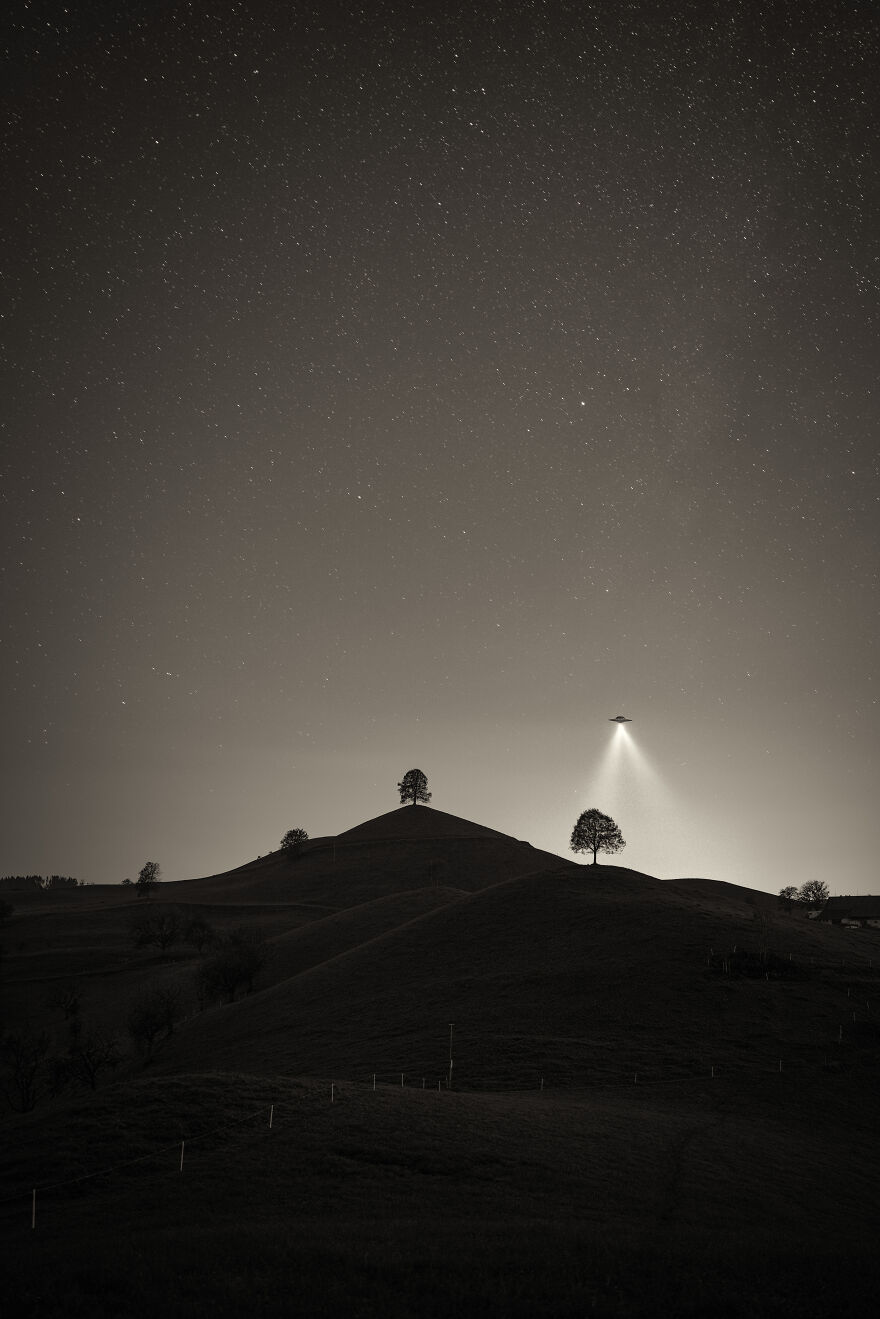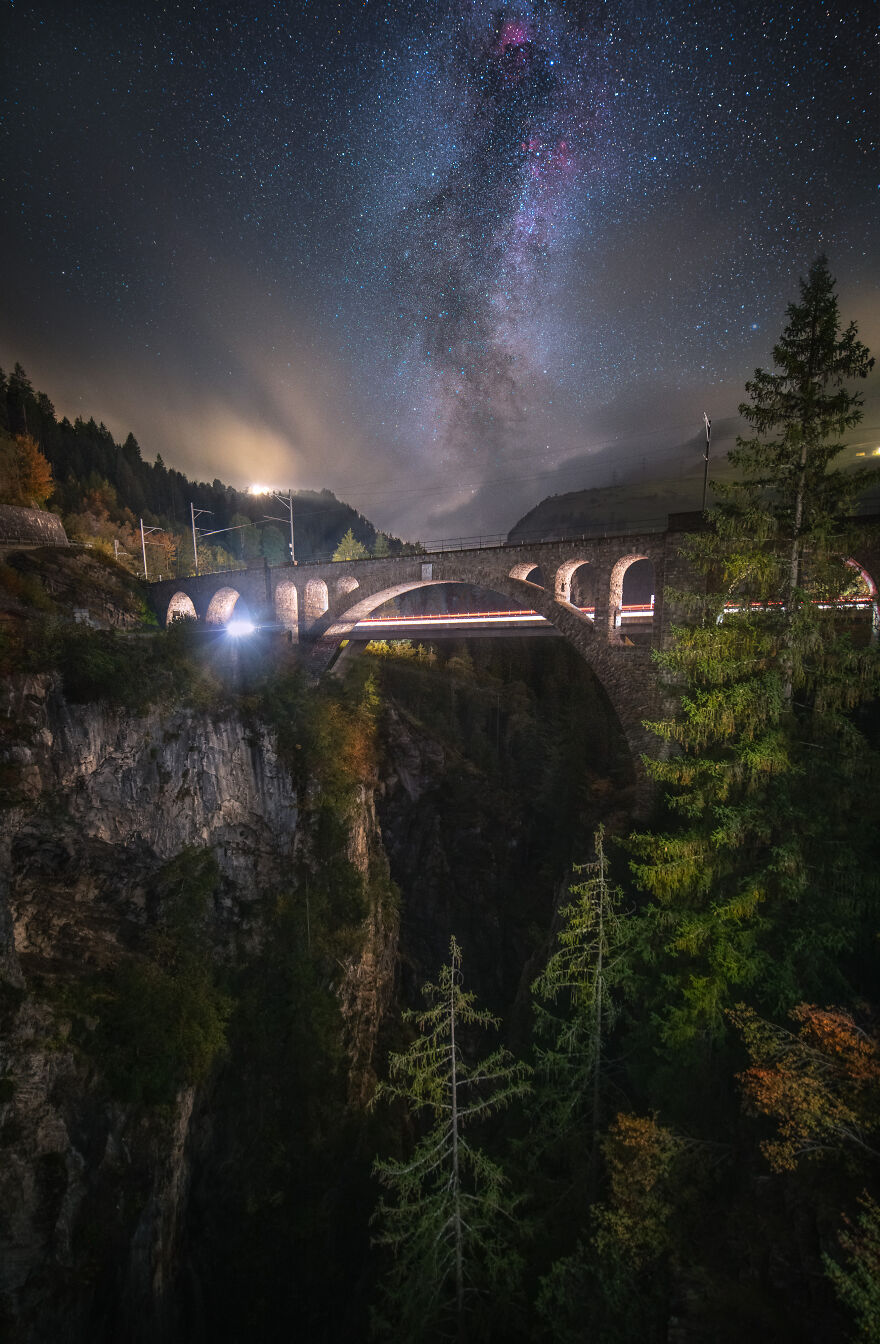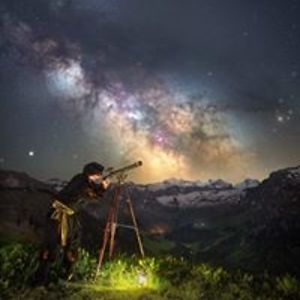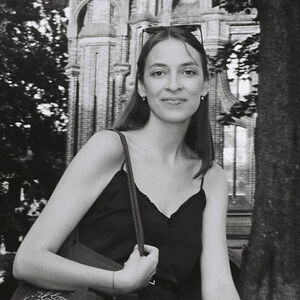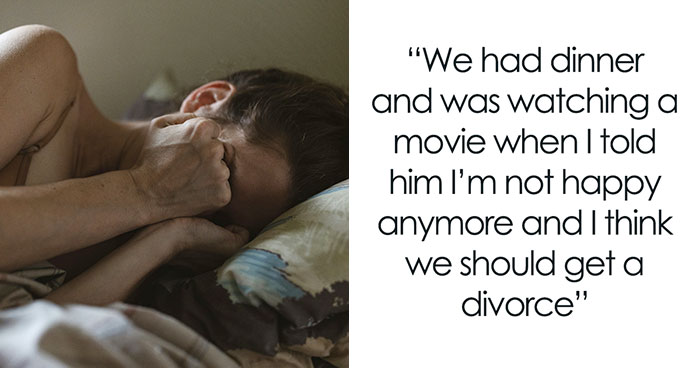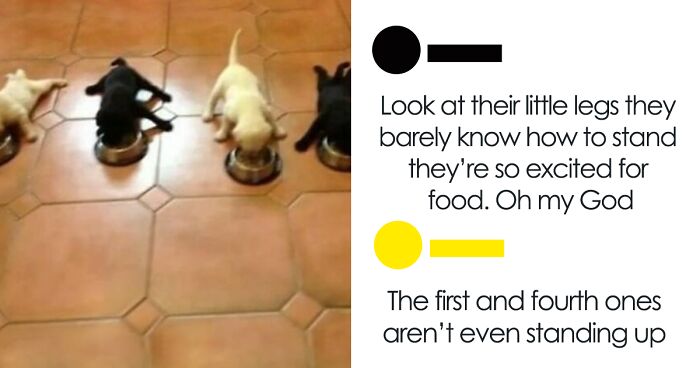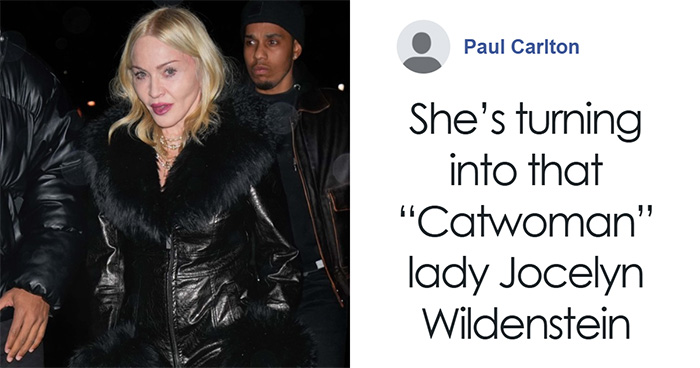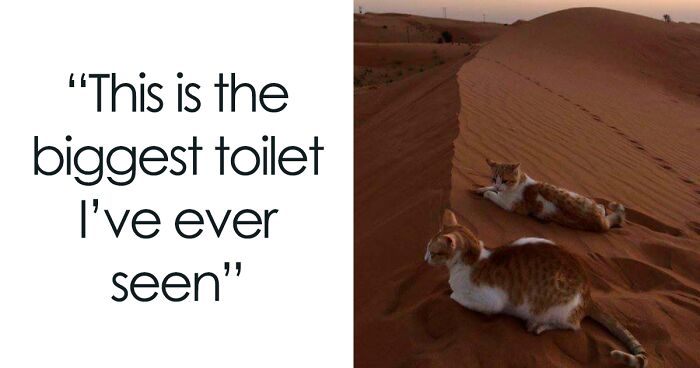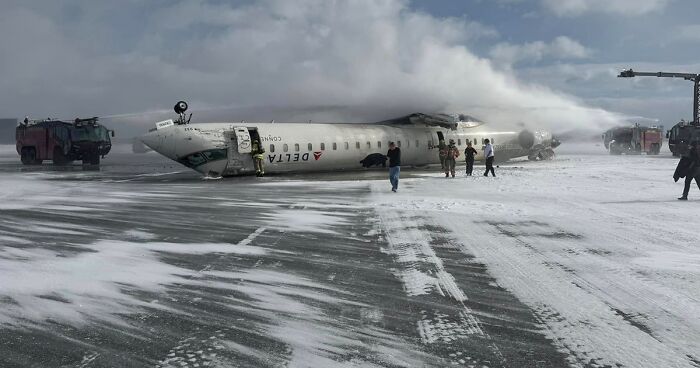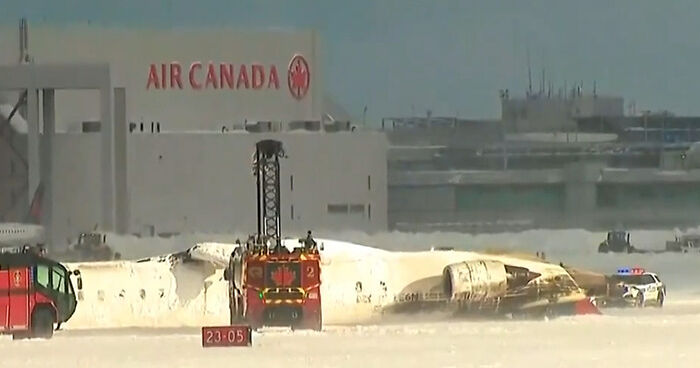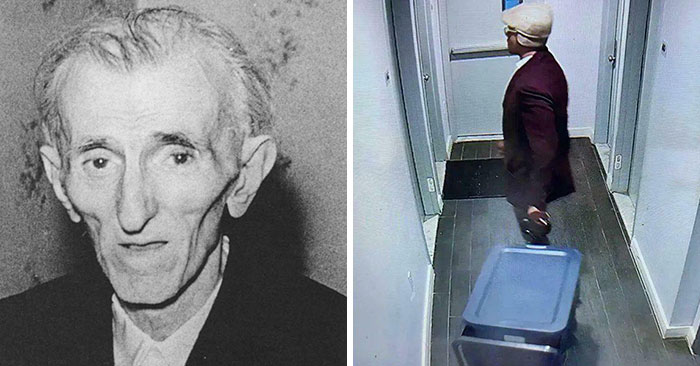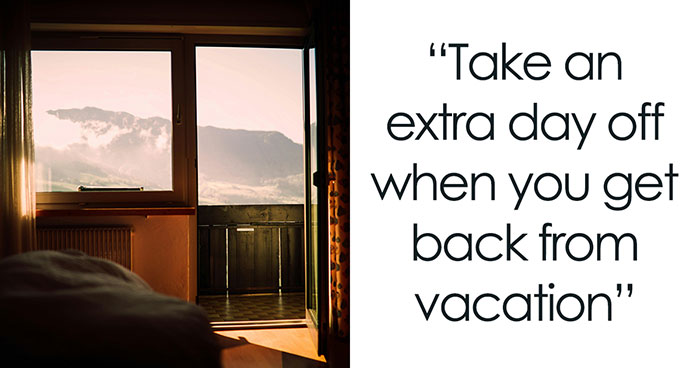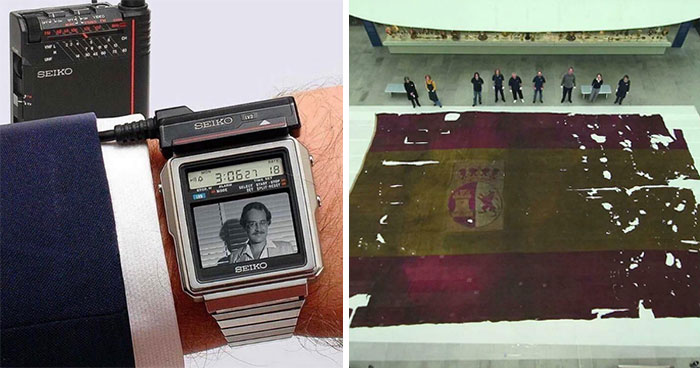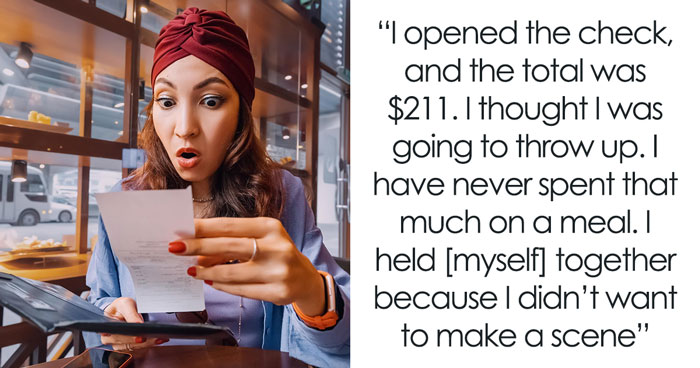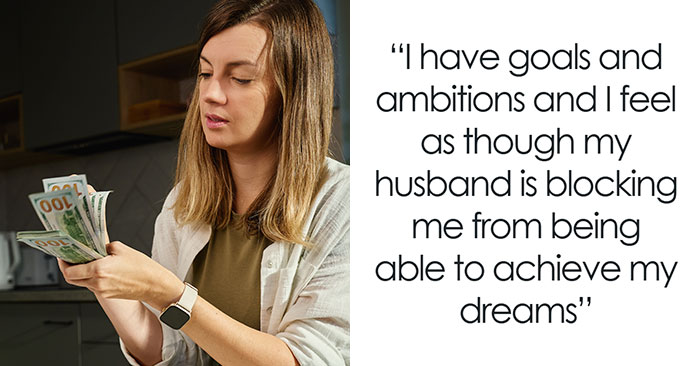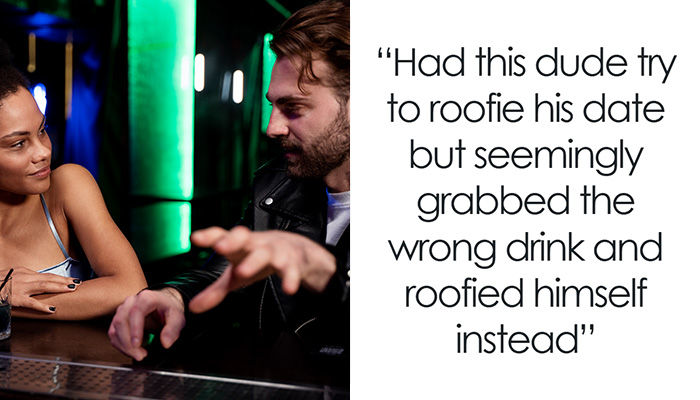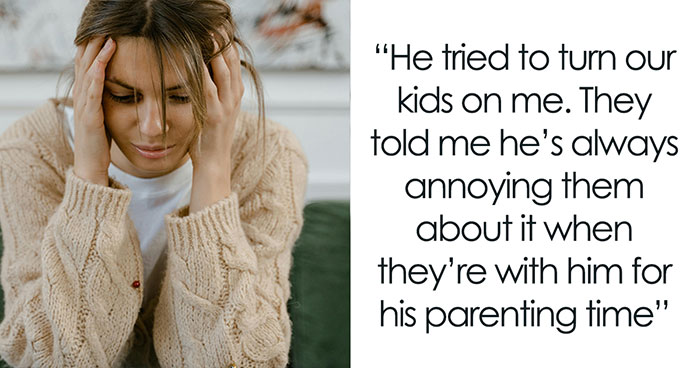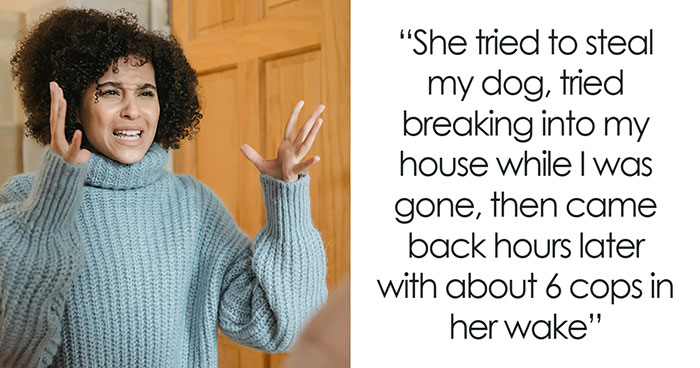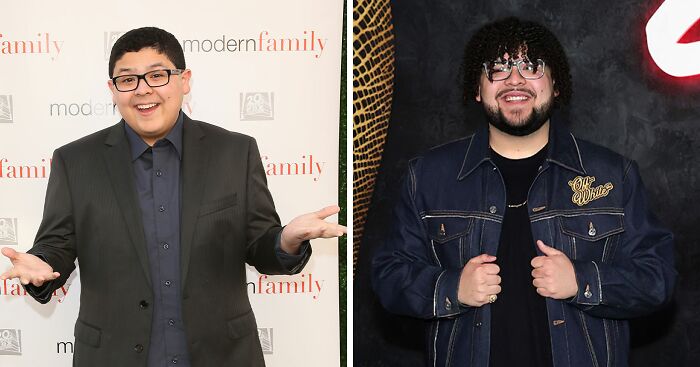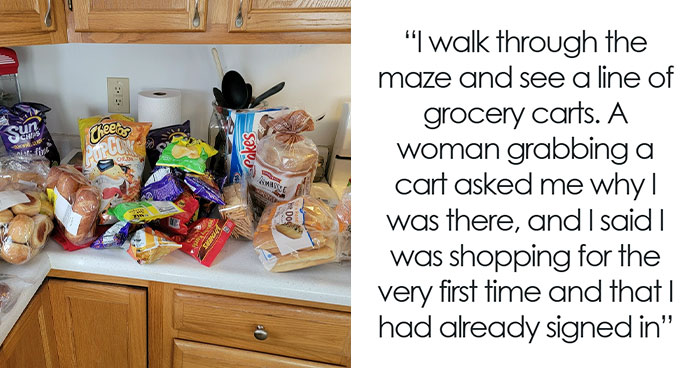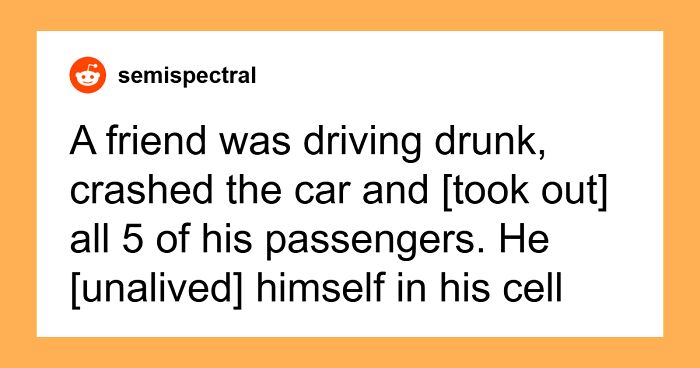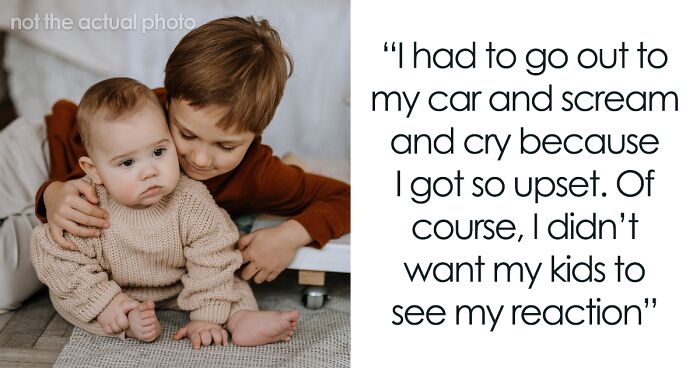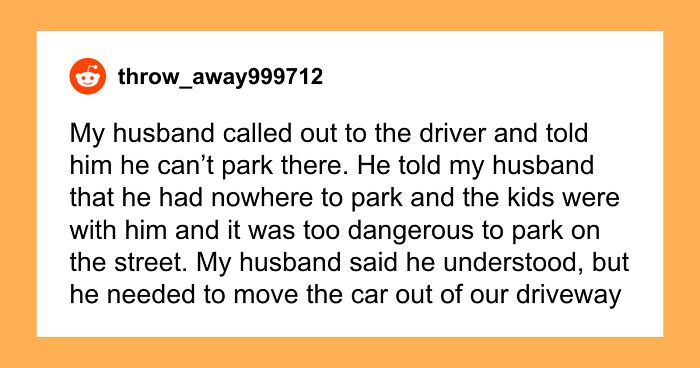My name is Alexander Forst, and I am a photographer from Berlin, living in Switzerland for 8 years now.
Some years ago, I decided to step up my night sky game and modify the sensor of my camera. The modification expands the light spectrum, which makes it possible to see the Ha emission nebulas in the night sky.
More info: lxphoton.com | alexander-forst.pixels.com | Instagram | Facebook | 500px.com
This post may include affiliate links.
Stacked/Tracked/Blended Sony A7iii Astromodified Sony A7Riii Unmodified Sony 35mm f1.4 Foreground: Iso 100 f3.2 30sec in moonshine Milkyway Iso 1600 f1.4 30sec Tracked
I love stories and I love telling them using my pictures. However, the reason why I started photography was that I just wanted to take some good selfies. I still take selfies but nobody will recognize me there. Photography has become a lot more for me than a means to an end. It is the expression of my art, my feelings, and my fantasy. Since I can remember I love the stars and it was only natural to start with star photography.
My inspiration comes mostly from movies and also computer games. I don't take inspiration from other photographs that often and I cannot really tell why, but I think maybe because it is easier to get a story and a feeling from a movie or a game than it is from stills.
why this picture has the same sky as another one? literally the SAME: same star luminosity, same position... and same cloud! That's not fair when you only said "modify the sensor of my camera. The modification expands the light spectrum, which makes it possible to see the Ha emission nebulas in the night sky": that's not the truth, you photoshopped some picture. for example: DSC5810-HD..._880-1.jpg 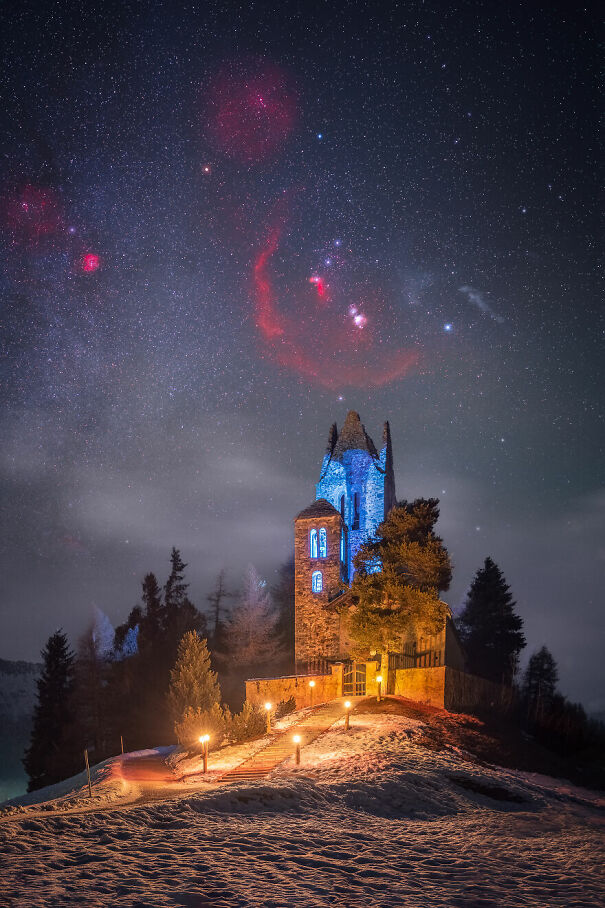 VERSUS DSC4571-Be..._880-1.jpg
VERSUS DSC4571-Be..._880-1.jpg 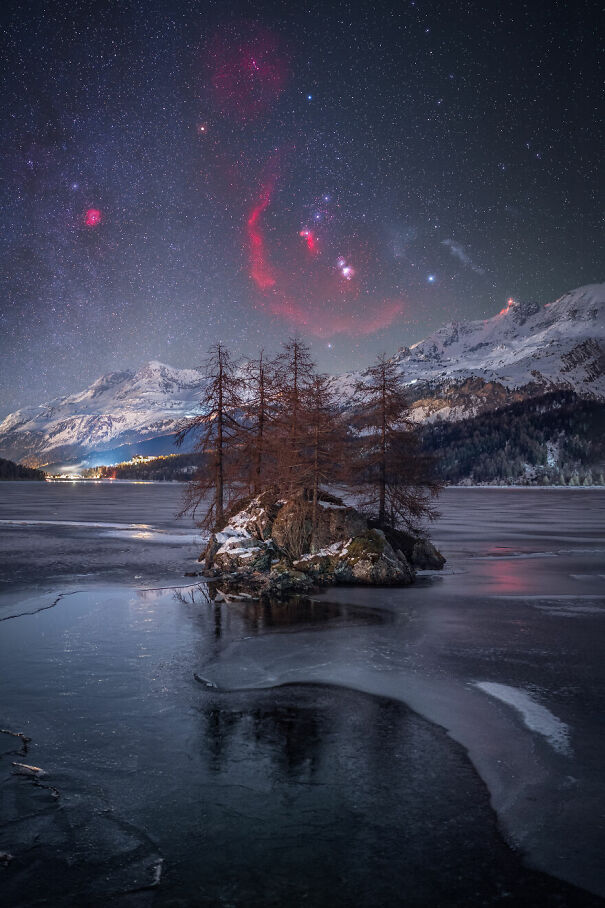 EDIT: before upvote or downvote, please, read my other comments below
EDIT: before upvote or downvote, please, read my other comments below
Star photography requires a lot of patience. You need to plan everything beforehand. Everything has to be perfect. The location, the weather, the motive and the direction of the sky. But it's not only that. My pictures become more and more complex, so sometimes, it takes hours, even days, to edit a single photograph to get it just right. But the end result is always worth it.
Stacked/Tracked/Composite A7iii Astromodified by Astrolab Service (Sky) A7riii Unmodified (Foreground) Sony 35mm gm Foreground: Iso 1600 f4 30sec, 15sec, 2sec Bracketing Sky: 8x Iso 1600 f1.8 30sec (same night different location)
Stacked/Tracked/Panon Exifs: A7iii Astromodified (milkyway) A7riii Unmodified (Foreground) foreground: 3x 8 Iso 1600, f4, 30sec, 35mm Sky: 3x8 iso 1600 f1.6, 30sec 35mm
If you'd like to see more photographs taken under the night sky you can find my older posts by clicking here, here, here and here.
Stacked/Tracked/blended A7riii (Foreground) A7iii (Astromodified for Milkyway) Sony 20mm f1.8 (foreground) Sony 35mm f1.4 (Milkyway) Foreground: 8x Iso 1600 30sec f2 (focusstacked) Milkyway 8x Iso 1600 f2
Exifs Stacked/Tracked/Blended/Pano The sky is Fully Tracked and stacked in 1 Row 4 Columns, 10 Stacks each Frame with an overlaping of around 60%. Shots were taken with an astromodified a7iii and the Sony 35 f1.4 GM lens and a ioptron sky tracker pro (iso 1600, f1.6, 30sec Tracked/Stacked) The moon is an hdr out of 3 shots
stacked tracked composite Sony Ariii Sigma 85mm f1.4 (foreground) Sony 20mm f1.4 (milkyway) Foreground: 1x iso 400 f4 1/100sec Milkyway: 8x iso 1600 f2 30sec
Stacked/Tracked/Blended Sony a7iii Astromodifed Sony A7riii unmodified Laowa 15mm f2 Foreground: 8x Iso 1600 f2 30sec Milkyway: 8x Iso 1600 f2 30sec
Eplaining of the Exifs: Stacked: Multiple shots overlayed for Noise Control and increasing details. Tracked: The Camera was standing on a device which rotates syncron with the stars. Blended: The shots where taken from the same Tripod location. Composite:: The shots where not taken from the same tripod location. Single: A single image. braketing: different exposure times for brighter lights
Eplaining of the Exifs: Stacked: Multiple shots overlayed for Noise Control and increasing details. Tracked: The Camera was standing on a device which rotates syncron with the stars. Blended: The shots where taken from the same Tripod location. Composite:: The shots where not taken from the same tripod location. Single: A single image. braketing: different exposure times for brighter lights

 Dark Mode
Dark Mode 

 No fees, cancel anytime
No fees, cancel anytime 



